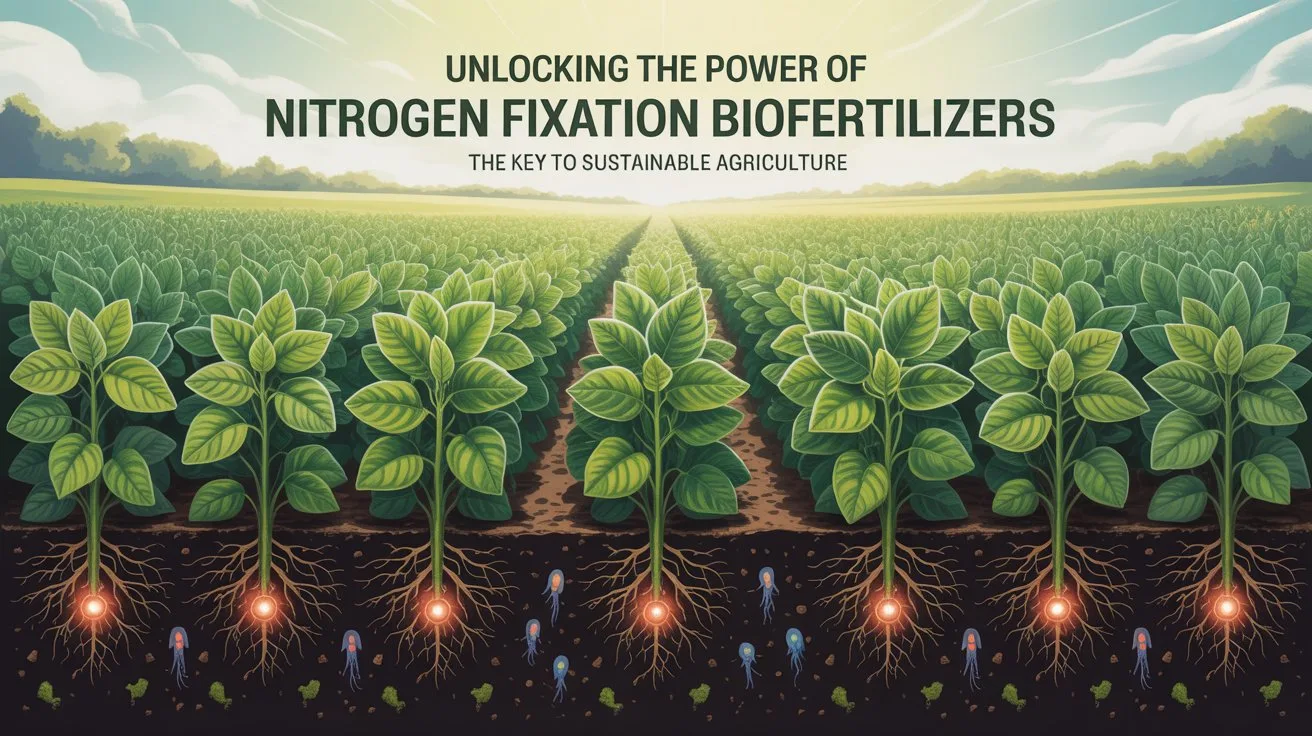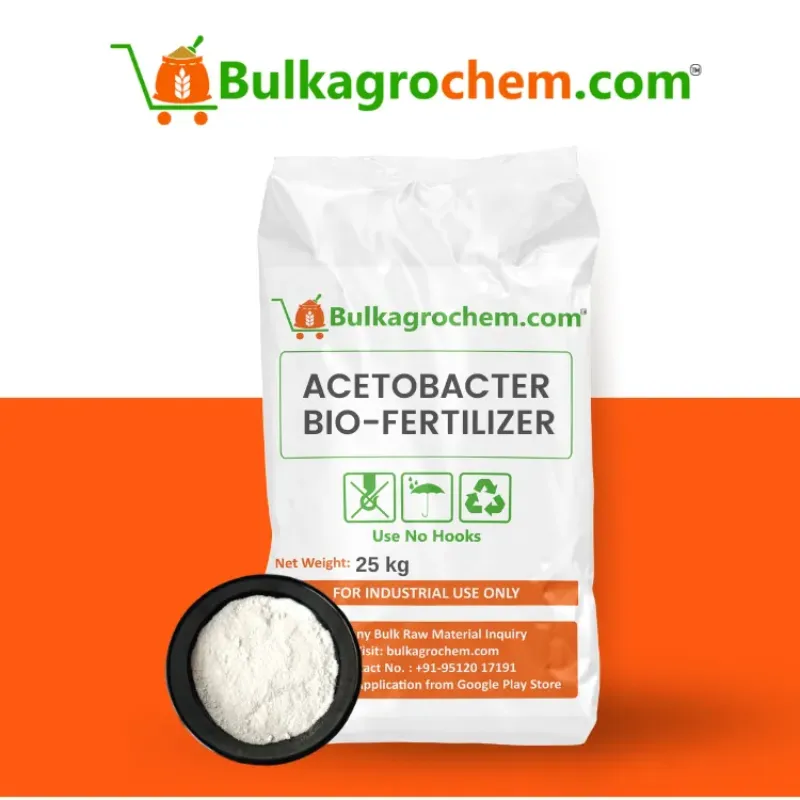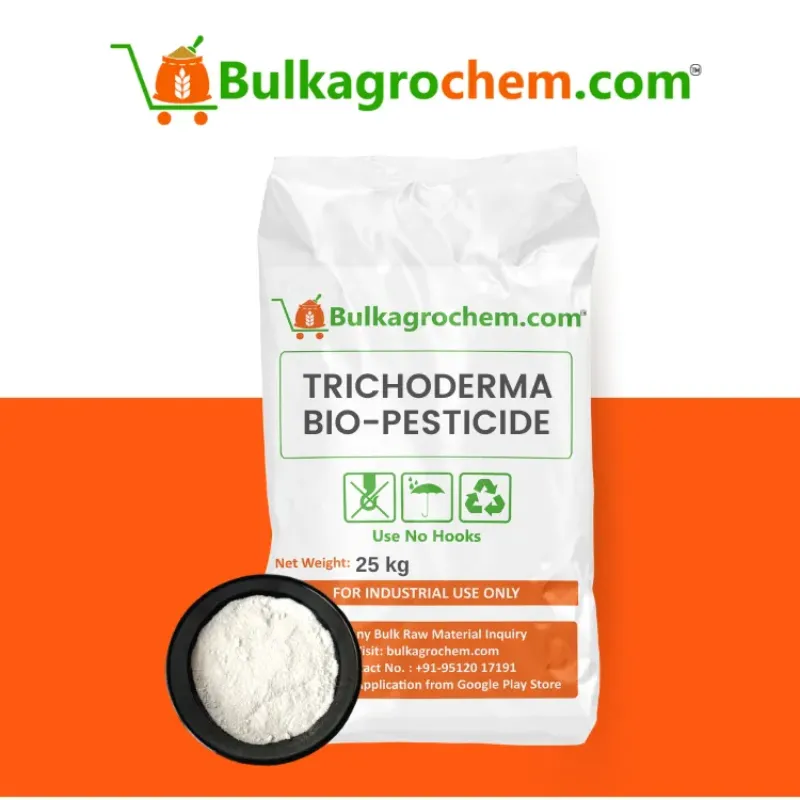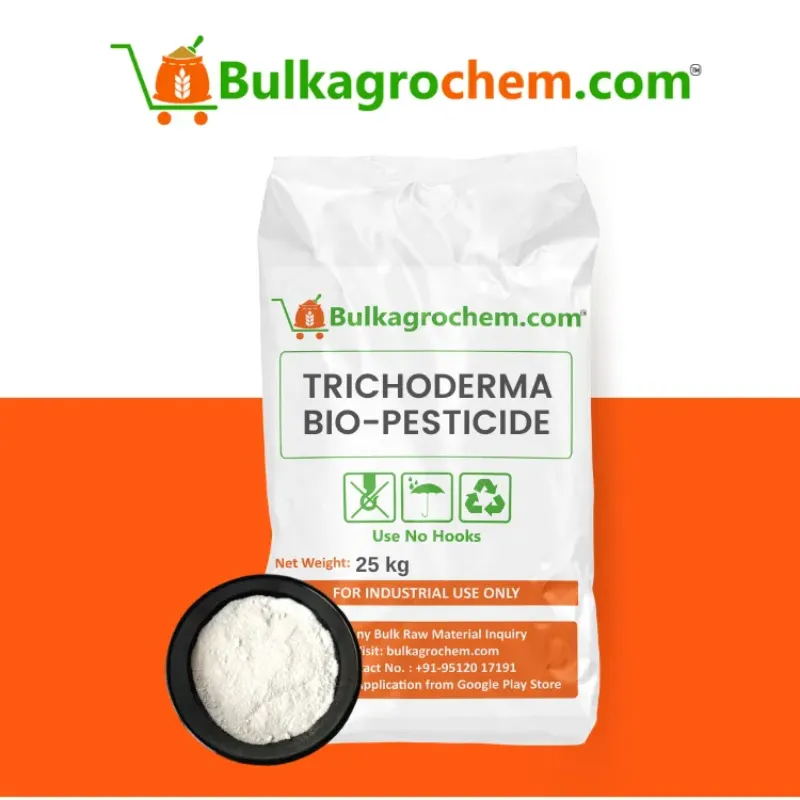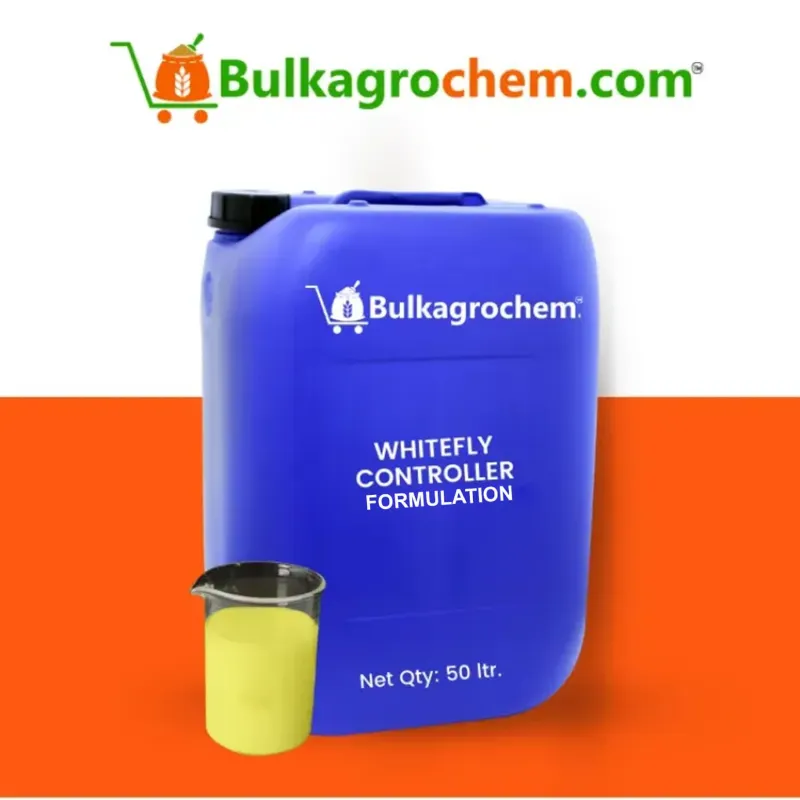Nitrogen fixation biofertilizers exploit living microbes ŌĆō in this case Rhizobium, Azotobacter, and Azospirillum ŌĆō to extract inert atmospheric nitrogen (NŌéé) from the atmosphere and convert it to plant-available ammonium in the soil. By adding these nitrogen biofertilizers as seed coatings or root zone inoculants, farmers can reduce 20-40 kg haŌü╗┬╣ of urea application, mitigate greenhouse-gas emissions from synthetic fertilizers (which occur during the Haber-Bosch process to produce synthetic fertilizers), and avert NOŌéā- runoff to waterways.
In addition to legumes, specific endophytic strains of Azospirillum brasilense in maize, and Gluconacetobacter diazotrophicus in sugar cane, are nitrogen-fixing biofertilizers examples that improve yields of non-legume crops by an average 8-15 %, modify root architecture, and improve drought resistance. By providing a low-cost, climate-smart alternative to chemical fertilizers Nitrogen biofertilizers improves soil processes that sustain life, enhance grain protein, and other nutrition, and pivot agricultural nitrogen towards a regenerative cycle.
Introduction: What Is a Nitrogen Fixation Biofertilizer and Why It Matters?
A nitrogen fixation biofertilizer is a blend of living nitrogen-fixing bacteria packed in a carrier such as peat, lignite, or liquid broth. Once applied to seed, soil, or root zones, these microbes take up atmospheric NŌéé and convert it into ammonium form that plants can assimilate. Since plants have a slow trickle of natural nitrogen which can drive up yield and protein levels at no additional environmental costs compared to synthetic fertilisers. At a time of easily fluctuating urea price and nutrient loss from a changing climate, nitrogen biofertilizers provide growers with a pathway that is not only low-cost and low-carbon, but keeps them in production while enhancing soil health into the future.
Replacing Energy-Intensive Synthetic N
- Slashing carbon footprint ŌĆō The Haber-Bosch process burns natural gas to make ammonia, emitting Ōēł 1.9 t COŌéé-eq per tonne of nitrogen. Switching just 30 kg haŌü╗┬╣ of synthetic N to biological sources can save 60 kg COŌéé-eq per hectare every season.
- Cutting nitrate run-off ŌĆō Biological nitrogen is released slowly, synchronising with root demand and reducing leaching that pollutes groundwater.
- Lowering fertiliser bills ŌĆō Field trials show nitrogen biofertilizers routinely offset 20ŌĆō40 % of urea requirements, buffering farmers from price spikes and fuel surcharges.
Rhizobia, Azotobacter & Other N-Fixing Allies
- RhizobiumŌĆōlegume symbiosis ŌĆō Bradyrhizobium japonicum in soybean and Sinorhizobium meliloti in alfalfa form nodules that supply up to 250 kg N haŌü╗┬╣ annuallyŌĆöprime nitrogen-fixing biofertilizers examples for pulse and forage systems.
- Free-living Azotobacter ŌĆō Azotobacter chroococcum thrives in the rhizosphere of cereals, vegetables, and horticultural crops, delivering an extra 15ŌĆō25 kg N haŌü╗┬╣ without the need for nodulation.
- Associative Azospirillum ŌĆō Azospirillum brasilense colonises maize and sugarcane roots, boosting root length and drought tolerance while fixing 20ŌĆō40 kg N haŌü╗┬╣ŌĆöan increasingly popular choice among non-legume nitrogen biofertilizers.
By deploying these microbial allies in appropriate carriers and application methods, farmers can transform air into plant food, reduce dependence on fossil-fuel fertilisers, and move closer to truly regenerative nutrient management.
The Science Behind Nitrogen Fixation and Its Role in Agriculture
Biological nitrogen fixation (BNF) is natureŌĆÖs answer to the energy-intensive HaberŌĆōBosch process. Specialized microbes convert inert atmospheric NŌéé into ammonium through the nitrogenase enzyme complex, supplying crops with a slow, steady stream of plant-available nitrogen. When formulated as nitrogen biofertilizers, these organisms slash synthetic-N demand, lower greenhouse emissions, and regenerate soil healthŌĆöall while maintaining or even boosting yield.
How Biological Nitrogen Fixation Works in the Soil
- Enzyme action ŌĆō Nitrogenase breaks the triple bond of NŌéé, forming NHŌéā that rapidly protonates to NHŌéäŌü║, the form roots absorb.
- Energy source ŌĆō Microbes use plant-supplied carbohydrates (symbiotic) or root exudates and soil organic matter (free-living) to fuel the ATP-hungry reaction.
- Rhizosphere hotspot ŌĆō Fixed nitrogen is released exactly where roots can take it up, minimising leaching and volatilisation losses.
RhizobiumŌĆōLegume Symbiosis vs. Free-Living Bacteria
SoilŌĆÉHealth Boost: Organic Matter & Microbial Diversity
- Carbon cycling: Continuous exudation from diazotrophs feeds saprophytic fungi and bacteria, accelerating residue breakdown and humus formation.
- Aggregate stability: Polysaccharides secreted by nitrogen-fixing microbes glue soil particles into aggregates, improving aeration and water-holding capacity.
- Microbial diversity: Introducing targeted diazotrophs widens the rhizosphere gene pool, enhancing nutrient cycling and suppressing pathogens through competitive exclusion.
- Long-term fertility: Fields managed with nitrogen biofertilizers show 0.1ŌĆō0.3 % annual gains in soil organic carbon, building a self-reinforcing foundation for sustainable productivity.
Advantages of Using Nitrogen Fixation Biofertilizers Over Chemical Fertilizers
Lower Input Costs & Greenhouse-Gas Emissions
A nitrogen fixation biofertilizer taps the airŌĆö78 % NŌééŌĆörather than natural-gas-derived ammonia. Replacing even 30 kg haŌü╗┬╣ of urea with diazotrophic inoculants saves about US $20 haŌü╗┬╣ and avoids Ōēł 60 kg COŌéé-eq per hectare each season. Because microbes feed roots on demand, nitrate run-off and nitrous-oxide bursts after rainfall also plunge, delivering an immediate climate win.
Improved Nutrient-Use Efficiency & Crop Quality
Chemical salts give crops a one-time spike; much is leached or volatilised. In contrast, nitrogen-fixing microbes release NHŌéäŌü║ gradually in the rhizosphere, lifting NUE by 20ŌĆō40 %. Trials with Azospirillum brasilense on maize and Bradyrhizobium japonicum on soybeanŌĆötwo widely adopted nitrogen-fixing biofertilizers examplesŌĆöshow:
- Yield gain: +8ŌĆō15 % grain weight.
- Quality boost: +0.8 % protein in cereals; higher oil content in pulses.
- Root health: denser root hairs and greater drought resilience.
Compatibility with Organic and Regenerative Systems
Because a nitrogen fixation biofertilizer is derived from naturally occurring microbes and benign carriers, it meets organic-certification standards worldwide. The inoculants integrate seamlessly with cover crops, compost, and reduced-tillage practicesŌĆökey pillars of regenerative agriculture. Farmers can therefore:
- Earn organic or regenerative premiums without losing nitrogen supply.
- Stack functions by co-applying phosphate-solubilising bacteria or mycorrhizae.
- Build soil organic carbon (0.1ŌĆō0.3 % per year) through continuous microbial exudation.
Environmental Impact: Promoting Biodiversity & Reducing Pollution
Switching from salt-based nitrogen to a nitrogen fixation biofertilizer moves nutrient supply from smokestacks to soil biology. Because the microbes drip-feed ammonium right at the root surface, less nitrate leaches into waterways, fewer greenhouse gases escape, and the rhizosphere teems with beneficial organisms that support pollinators and predator insects alike.
Curbing Nitrate Run-Off and Waterway Eutrophication
A 50 % microbial substitution slashes run-off by two-thirds, sharply lowering eutrophication pressure on downstream rivers and lakes.
Enhancing Soil Food Web & Pollinator Habitat
- Microbial diversity: Diazotrophs exude amino acids and polysaccharides that feed saprophytic fungi and beneficial bacteria, enriching the entire soil-food web.
- Macro-fauna rebound: Earthworm counts typically double within three seasons of regular inoculation, improving aeration and residue breakdown.
- Pollinator boost: Reduced reliance on high-salt top-dress cuts foliar burn and secondary pesticide sprays, supporting bee forage on field edgesŌĆöan indirect win from adopting nitrogen fixation biofertilizer programs.
Cutting Carbon Footprint in Fertilizer Supply Chains
Replacing just 30 kg haŌü╗┬╣ of synthetic N with microbial nitrogen saves about 60 kg COŌéé-eq per hectare per crop cycleŌĆöenough to offset the annual emissions of a small diesel pump.
Selecting the Right Nitrogen Fixation Biofertilizer for Your Farm
Choosing the best inoculant means balancing biology, quality control, and local conditions. Follow the checklist below to ensure your nitrogen biofertilizers deliver top-tier performance instead of a costly disappointment.
Checking CFU Counts, Strain Specificity, and Carrier Quality
Tip: Ask suppliers for an independent lab certificate showing strain name, CFU count, and contaminant levels. Genuine nitrogen-fixing biofertilizers examples always come with paperwork.
Matching Inoculants to Soil pH and Climate
- Acidic soils (pH < 6.0) ŌĆō Opt for acid-tolerant Bradyrhizobium strains or free-living Azotobacter chroococcum; alkaline strains can lose 50 % activity in low-pH conditions.
- Alkaline/calcareous soils (pH > 7.5) ŌĆō Use alkaliphilic strains such as Sinorhizobium meliloti (for alfalfa) or Azospirillum lipoferum (for wheat).
- Hot, arid zones ŌĆō Liquid inoculants with glycerol cryoprotectant survive heat better; store at 15-25 ┬░C.
- Cool, temperate zones ŌĆō Peat-based granules excel, releasing microbes slowly as soil warms.
Matching microbe ecology to field conditions maximises the N delivered by each nitrogen fixation biofertilizer dose.
Certified vs. On-Farm Fermented Products
When yield and market contracts are on the line, certified inoculants pay for themselves through predictable performance. On-farm brews can supplement legumes in low-risk scenarios but should never replace verified nitrogen biofertilizers on export or high-input acreage.
FAQs
Q1. How fast will I see yield gains after applying an N-fixing biofertilizer?
Most fields show stronger foliage and +5 ŌĆō 8 % yield within the first season as nitrogen biofertilizers begin supplying plant-available N.
Q2. Can I combine nitrogen-fixing and phosphate-solubilizing inoculants?
YesŌĆöco-formulating diazotrophs with P-solubilizers is common and poses no compatibility issues when carriers are sterile.
Q3. Are these products effective in non-legume crops like maize or wheat?
Absolutely; Azospirillum brasilense and Azotobacter chroococcum are proven nitrogen-fixing biofertilizers examples that add 15ŌĆō25 kg N haŌü╗┬╣ to cereals.
Q4. Will nitrogen fixation biofertilizers eliminate synthetic N completely?
They typically replace 20ŌĆō60 % of urea; full elimination is feasible in legume phases but cereals still benefit from a modest top-dress.
Q5. How do I verify that the microbes are still viable at purchase?
Check the label for Ōēź10ŌüĖ CFU gŌü╗┬╣/mLŌü╗┬╣, an independent lab certificate, and a manufacture date within the productŌĆÖs 9ŌĆō12 month shelf life.
Conclusion: Embrace Nitrogen Fixation Biofertilizers for a Greener Future
Switching part of your nitrogen program from fossil-fuel urea to a well-chosen nitrogen fixation biofertilizer is no longer an experimental gambleŌĆöit is a proven strategy used on millions of hectares worldwide. Whether you inoculate soybean with Bradyrhizobium japonicum or side-dress maize with Azospirillum brasilense, these nitrogen-fixing biofertilizers examples convert free atmospheric NŌéé into a steady ammonium trickle that feeds crops, revives soil biology, and slashes greenhouse-gas emissions.
Key TakeawaysŌĆöCost Savings, Soil Vitality, Climate Wins
- Cost savings: Replacing 30ŌĆō40 % of synthetic N can trim fertiliser bills by US $20 haŌü╗┬╣ and buffer farmers against urea price spikes.
- Soil vitality: Continuous microbial exudation boosts organic carbon 0.1ŌĆō0.3 % per year, improving water-holding and root health.
- Climate wins: Every 30 kg of N fixed biologically avoids Ōēł 60 kg COŌéé-eq, while cutting nitrate run-off that fuels waterway eutrophication.
Next StepsŌĆöPilot Plots, Monitoring, Full-Farm Roll-Out
Pilot plots (Season 1):
Treat 1 ha with a crop-specific inoculant at Ōēź10ŌüĖ CFU gŌü╗┬╣; leave an equal control plot with standard urea.
- Measure leaf SPAD, nodulation scores, and grain protein.
- ’╗┐’╗┐Monitoring (Season 2):
- Expand nitrogen biofertilizers to 30ŌĆō50 % of acreage.
- Track soil mineral N, yield, and urea savings; adjust chemical top-dress accordingly.
- Full-farm roll-out (Season 3+):
- Combine legume-phase Rhizobium with non-legume Azospirillum or Azotobacter for year-round biological N supply.
- Integrate P-solubilizers or mycorrhizae for a complete regenerative fertility package.
By following this phased approach, you de-risk adoption, capture quick economic gains, and position your operation at the forefront of climate-smart agriculture powered by nitrogen fixation biofertilizer technology.

